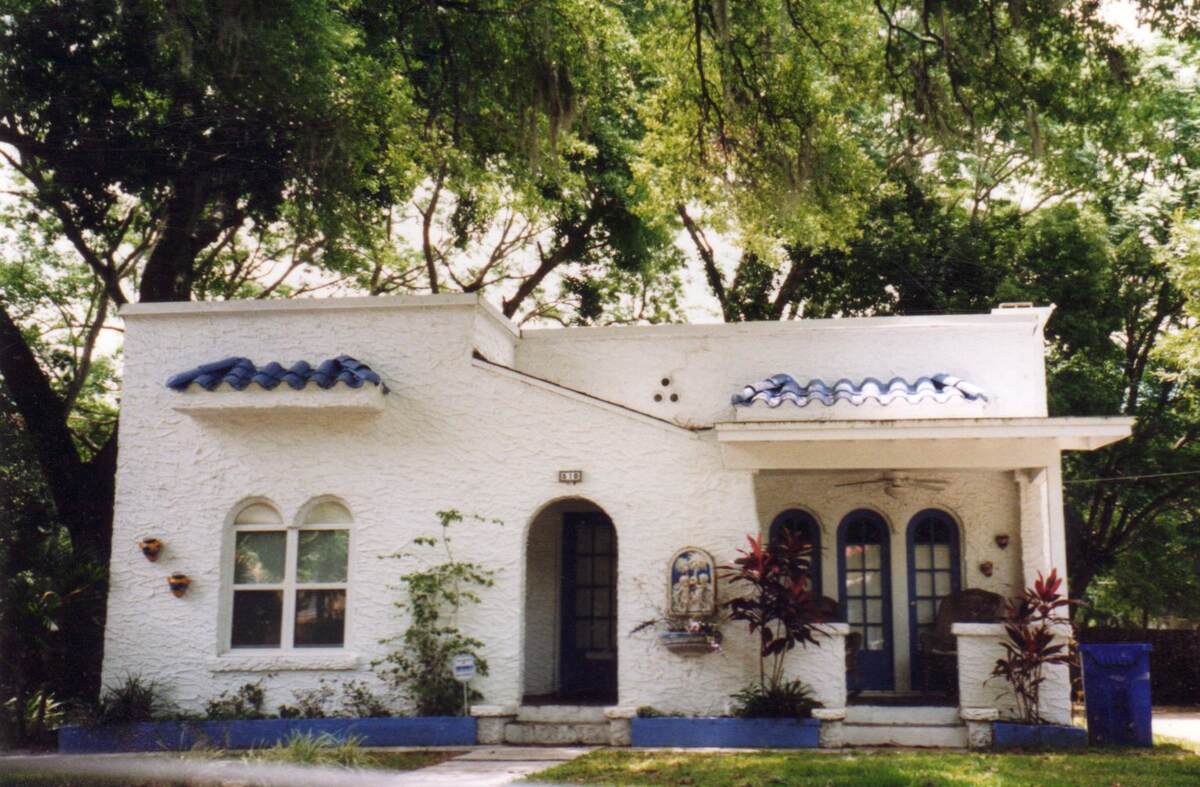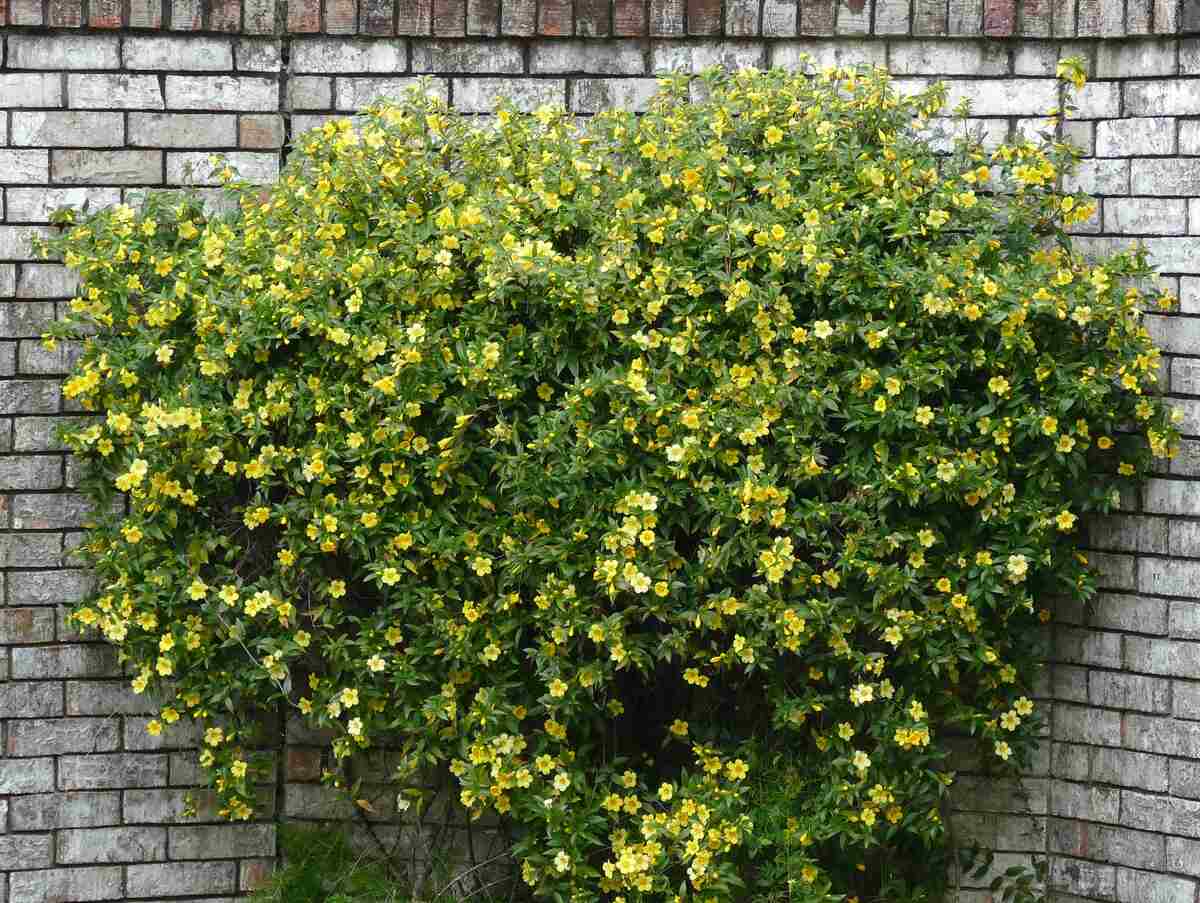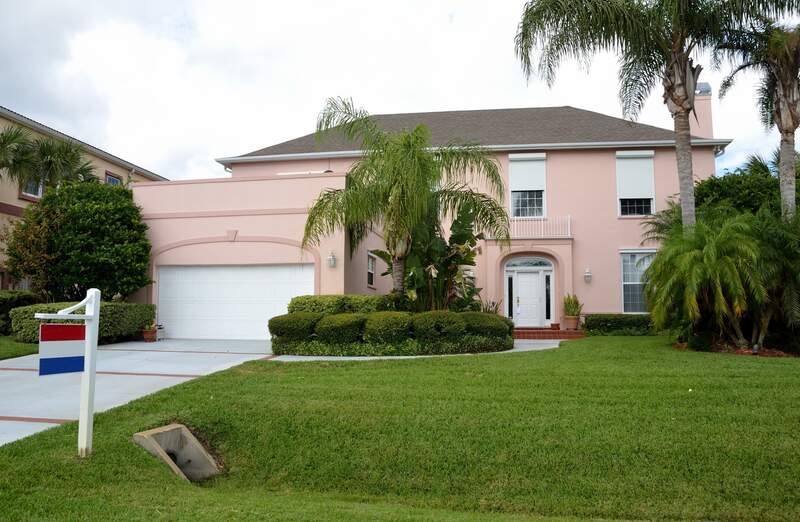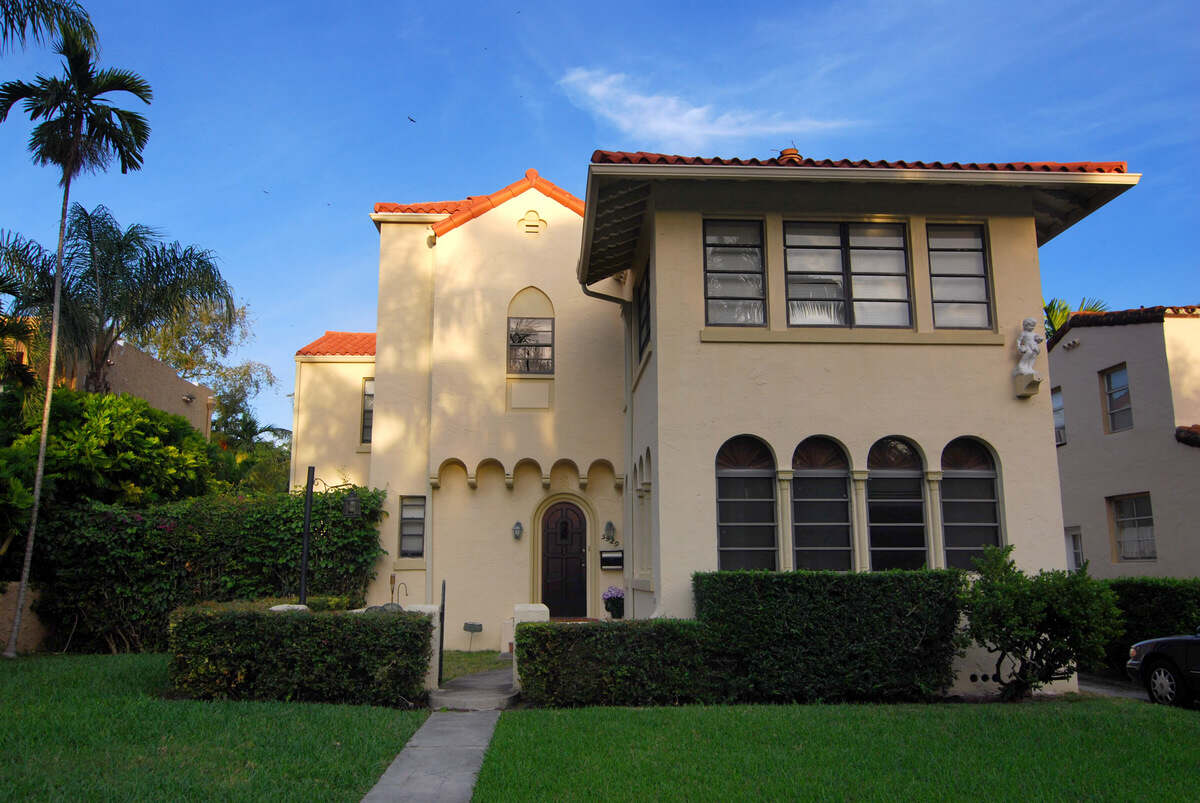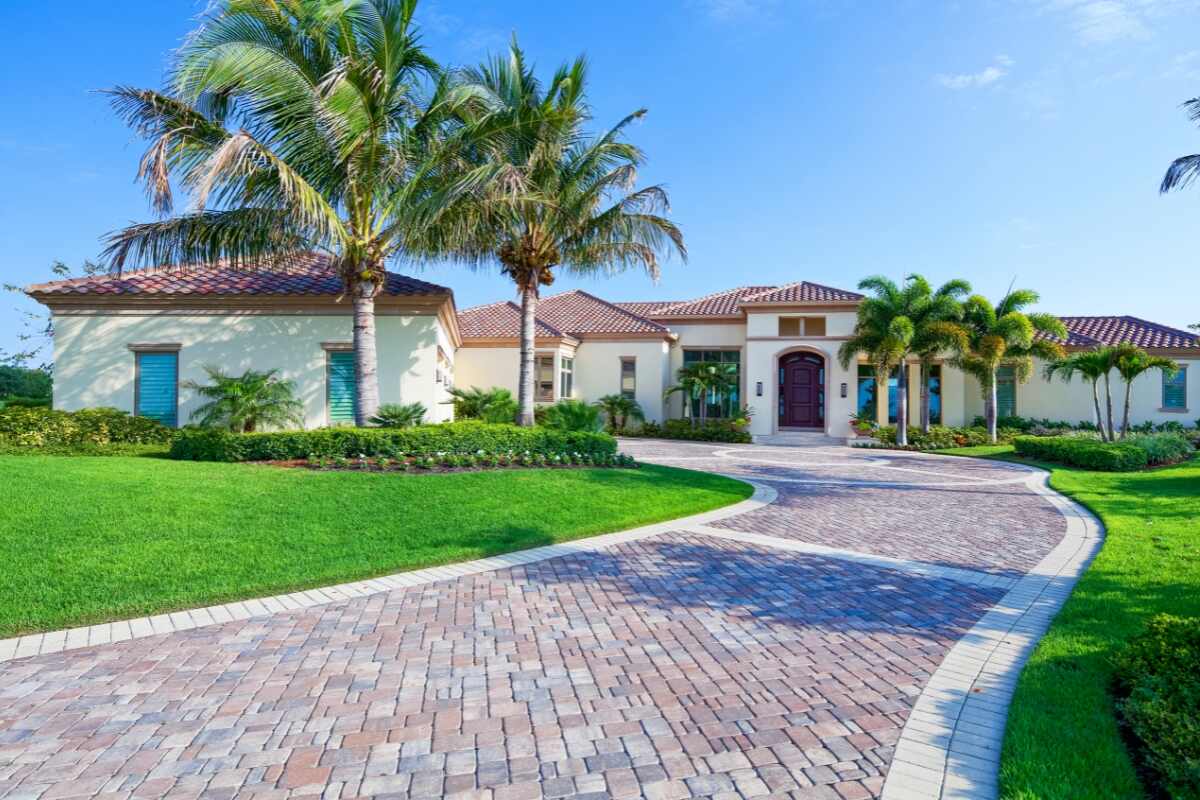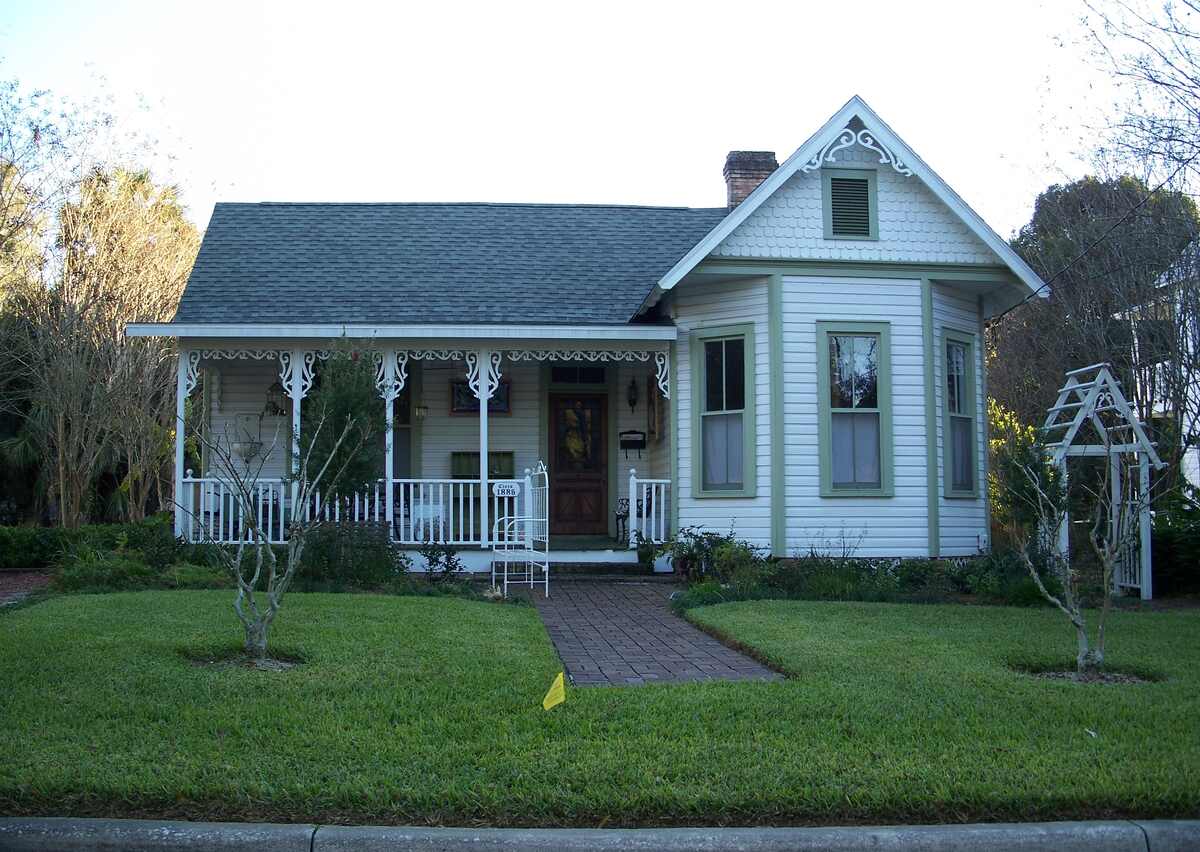
The USDA Hardiness Zones in North Florida range from 8b along the region’s northwest border with Alabama to 9b along the North Florida coast.
The USDA Hardiness Zone Map is a map of the United States that assigns zones to different areas based on their average minimum winter temperature. Different plants grow better in different zones, so, for example, if you live in zone 6a, you may have a harder time growing plants that thrive in 9b. Here’s a more in-depth explanation of North Florida’s growing zones:
Map of North Florida Growing Zones
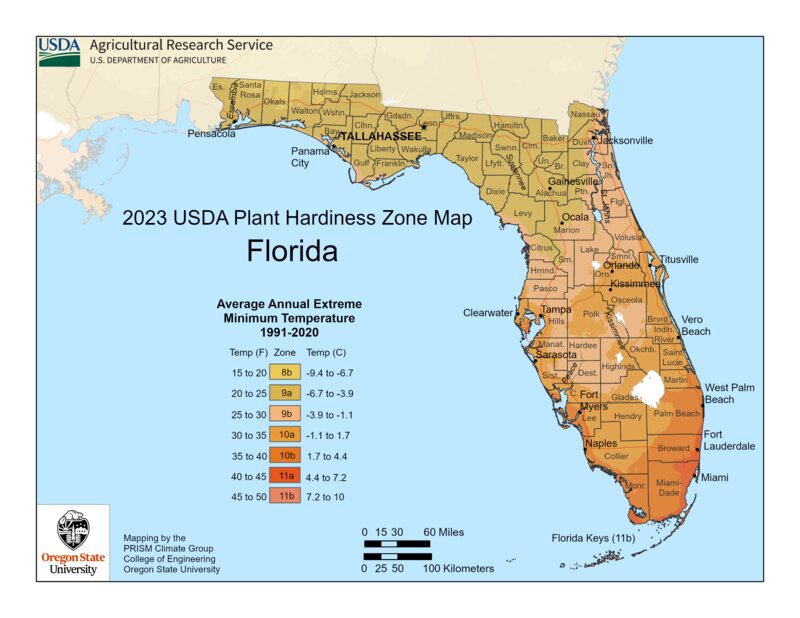
This map contains all the growing zones found in Northern Florida. For more information on how to use this map, check out our article: “How to Use the Updated and Warmer USDA Hardiness Zone Map.”
Check out these guides for details on the growing zones in other parts of Florida:
Zone 8b: The Northwest Border with Alabama
The smallest zone in North Florida is 8b on the northwest border with Alabama. The average minimum winter temperature of zone 8b is 15 to 20 degrees Fahrenheit, making it the coolest zone in the state.
Zone 8b contains parts of Okaloosa, Holmes, Santa Rosa, Walton, and Escambia counties but no major cities.
Zone 9a: The Panhandle and Most of Inland North Florida
Zone 9a is the largest of the three growing zones and comprises most of North Florida. The minimum average winter temperature is 20 to 25 degrees Fahrenheit.
Zone 9a contains the rest of the area of the counties of 8b, along with many other counties ranging from Jackson County to partially Marion County. Notable cities within zone 9a are Gainesville, Ocala, Pensacola, Tallahassee, and parts of Panama City.
Zone 9b: Jacksonville and The Northeast Florida Coast
Finally, zone 9b has an average minimum winter temperature of 25 to 30 degrees Fahrenheit, making it the warmest of North Florida’s growing zones. This zone includes North Florida’s eastern coastline.
Florida’s 9b zone is oddly shaped and contains parts of counties as far north as Nassau, ranging down to most of Desoto County and parts of Osceola. It also contains Jacksonville and Palm Coast, and the portions of Panama City not within 9a.
More Lawn Care and Landscaping Resources for Florida
Here’s a few other articles about lawn and garden care in Florida:
What is Florida Friendly Landscaping?
Florida-Friendly Landscaping Ideas
How to Get Rid of Florida Lawn Pests
The Best Lawn Fertilization Schedule and Tips for Florida
11 Hurricane-Resistant Landscaping Tips for Florida
7 Best Types of Grass for Florida Lawns
11 Essential Lawn Watering Tips for Florida
10 Winter Lawn Care Tips for Florida
FAQ About Florida Growing Zones
What growing zones did North Florida have before the 2023 update?
Prior to the 2023 update, North Florida had the zones 8a, 8b, and 9a.
What hardiness zone is Tampa, Florida in?
The updated 2023 map places Tampa, Florida in zone 10a, which means that its average minimum winter temperature is 30 to 35 degrees Fahrenheit.
What other hardiness zones does Florida have?
Aside from 8b, 9a, and 9b, the southern parts of Florida and the Florida Keys contain the zones 10a, 10b, 11a, and 11b.
Find a Lawn Care Expert
Growing zones have a big impact on the health of your lawn and garden. Before planting, research which zone your home is in and what plants will do best in it.
If you’re looking for lawn help, contact a local Florida landscaping pro near you. They can mow your lawn and take care of your landscape whether you live in Jacksonville, Tallahassee, Gainesville, Palm Coast, Ocala, or Pensacola.
Main Image Credit: Ebyabe / Wikimedia Commons / CC BY-SA 3.0
